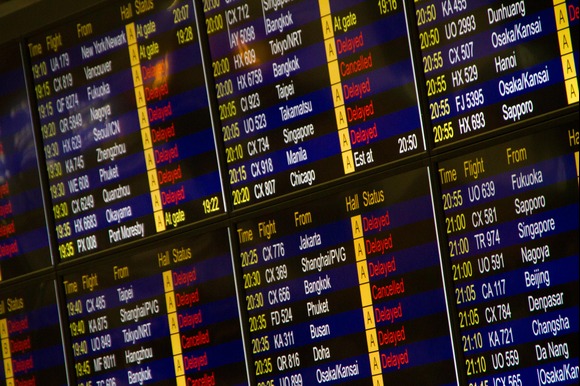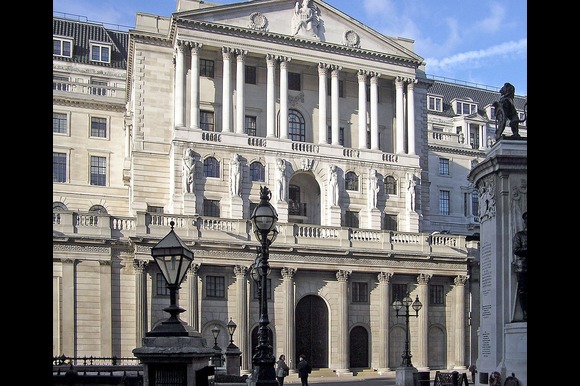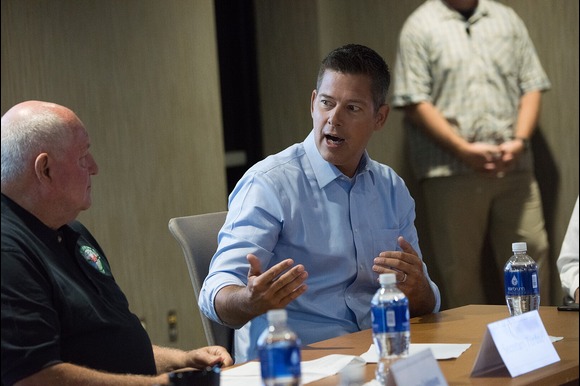
LT Chan
More than 1,400 flights to, from, or within the United States were cancelled on Saturday, while almost 6,000 others faced delays, as airlines began implementing government-ordered traffic reductions amid the ongoing federal shutdown.
According to data from FlightAware, Saturday’s delays were slightly fewer than the 7,000 disruptions recorded on Friday, but industry experts warn that the situation will likely worsen in the days ahead.
The Federal Aviation Administration (FAA) announced earlier in the week that it would cut national air travel capacity by up to 10% across 40 of the busiest airports in the country. The move comes as air traffic controllers, who have been working without pay since the shutdown began, increasingly report fatigue and burnout.
Longest Shutdown in US History Drags Into 39th Day
The current shutdown, which began on October 1, has now stretched into its 39th day, marking the longest government closure in American history. Despite growing public and economic pressure, Republicans and Democrats remain deadlocked over how to end the impasse.
Senators convened in Washington, D.C. over the weekend to pursue bipartisan negotiations, seeking a resolution that would restore federal operations. However, as talks continue, the effects of the shutdown are expanding nationwide — from delayed flights to cuts in food aid payments, leaving millions of Americans affected.
Major Airports Hit Hardest by Flight Cancellations
The worst disruptions were reported at Newark Liberty International Airport in New Jersey, where arriving flights were delayed by an average of more than four hours, and departures faced average waits of 1.5 hours, according to the FAA.
Other major hubs, including Charlotte/Douglas International, Chicago O’Hare International, and Newark, recorded the highest numbers of flight cancellations on Saturday.
Passengers departing from John F. Kennedy International (JFK), Hartsfield-Jackson Atlanta International, and LaGuardia also endured significant delays — nearly three hours, two and a half hours, and one hour, respectively, as of Saturday afternoon.
Thanksgiving Travel Season Faces Unprecedented Strain
The timing of the air traffic slowdown could not be worse. With Thanksgiving Day approaching on November 27, one of the busiest travel periods in the U.S., airlines and federal agencies fear a national travel crisis if the shutdown persists.
In a statement, American Airlines urged “leaders in Washington, D.C., to reach an immediate resolution to end the shutdown,” warning that extended disruption would have “major consequences for passengers, airline staff, and the broader economy.”
Private Jets Ordered to Avoid Major Hubs
Transportation Secretary Sean Duffy announced additional measures on Saturday, confirming that private jet operations were also being restricted at high-traffic airports.
“We’ve reduced their volume at busy airports — instead directing private jets to smaller airfields so that overworked controllers can prioritize commercial aviation,” Duffy said in a post on X (formerly Twitter). “That’s only fair.”
The FAA said the policy aims to relieve pressure on exhausted air traffic control staff while ensuring the safety of the commercial flight network.
Gradual Reductions to Intensify in Coming Days
Under the FAA’s phased plan, flight reductions began at 4% on Friday and are set to rise to 6% by November 11, 8% by November 13, and the full 10% by November 14.
Officials say the cuts are necessary to maintain air safety while staffing remains unstable. The agency cited growing reports of overwork and stress among controllers who continue to perform essential duties without pay.
Federal Workers and TSA Agents Struggle Without Pay
The air traffic controllers are among 1.4 million federal employees currently working without pay or placed on unpaid leave. Many have taken on secondary jobs or called in sick due to financial hardship, union representatives said.
The crisis has also spread to the Transportation Security Administration (TSA), where most of its 64,000 agents remain unpaid. Industry analysts warn that security delays could soon compound the existing travel disruptions if staffing shortages continue.
During the 2018–2019 shutdown under President Donald Trump, as many as 10% of TSA employees failed to report for work after weeks without pay — a trend that appears to be re-emerging under the current circumstances.
Air Safety Officials Warn of Growing Fatigue and Stress
FAA leaders continue to stress that maintaining safety remains the agency’s top priority, but union officials caution that morale and predictability are deteriorating rapidly.
Controller representatives report that many staff are working extended shifts while juggling second jobs, leading to severe fatigue. “Controllers are texting that they don’t even have enough money for gas to get to work,” one union leader told reporters.
Experts warn that as the shutdown drags on, the risk of operational errors could increase — a scenario the FAA is trying to prevent with preemptive flight reductions.
Uncertainty Ahead for Airlines and Travellers
As airlines adjust to the FAA’s directives, carriers are focusing on rebooking passengers, waiving change fees, and adjusting schedules to minimize system-wide chaos.
However, both the industry and the travelling public are bracing for further turmoil if Congress fails to reach a funding deal soon. Analysts predict that should the 10% flight reduction remain in place for several more weeks, it could cost airlines hundreds of millions of dollars and disrupt millions of holiday travel plans.
For now, the FAA and Department of Transportation continue to monitor operations closely — but both agencies warn that without immediate political resolution, the nation’s air traffic system will remain under severe strain well into the holiday season.



